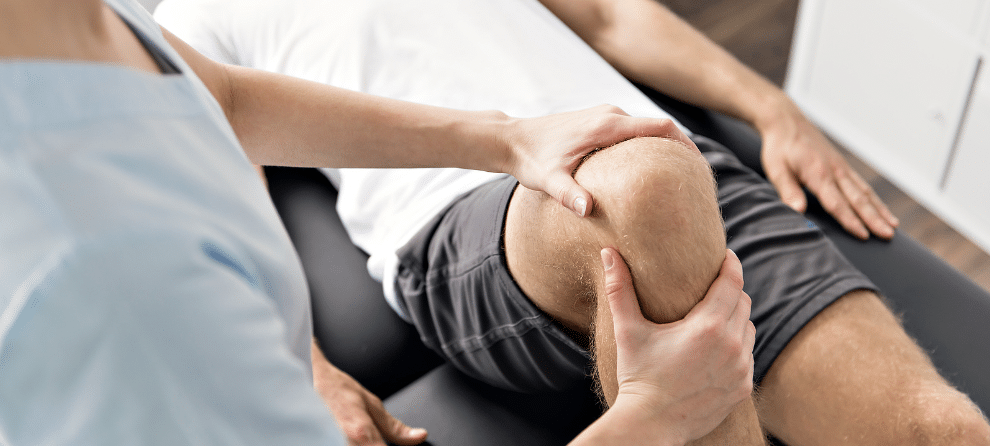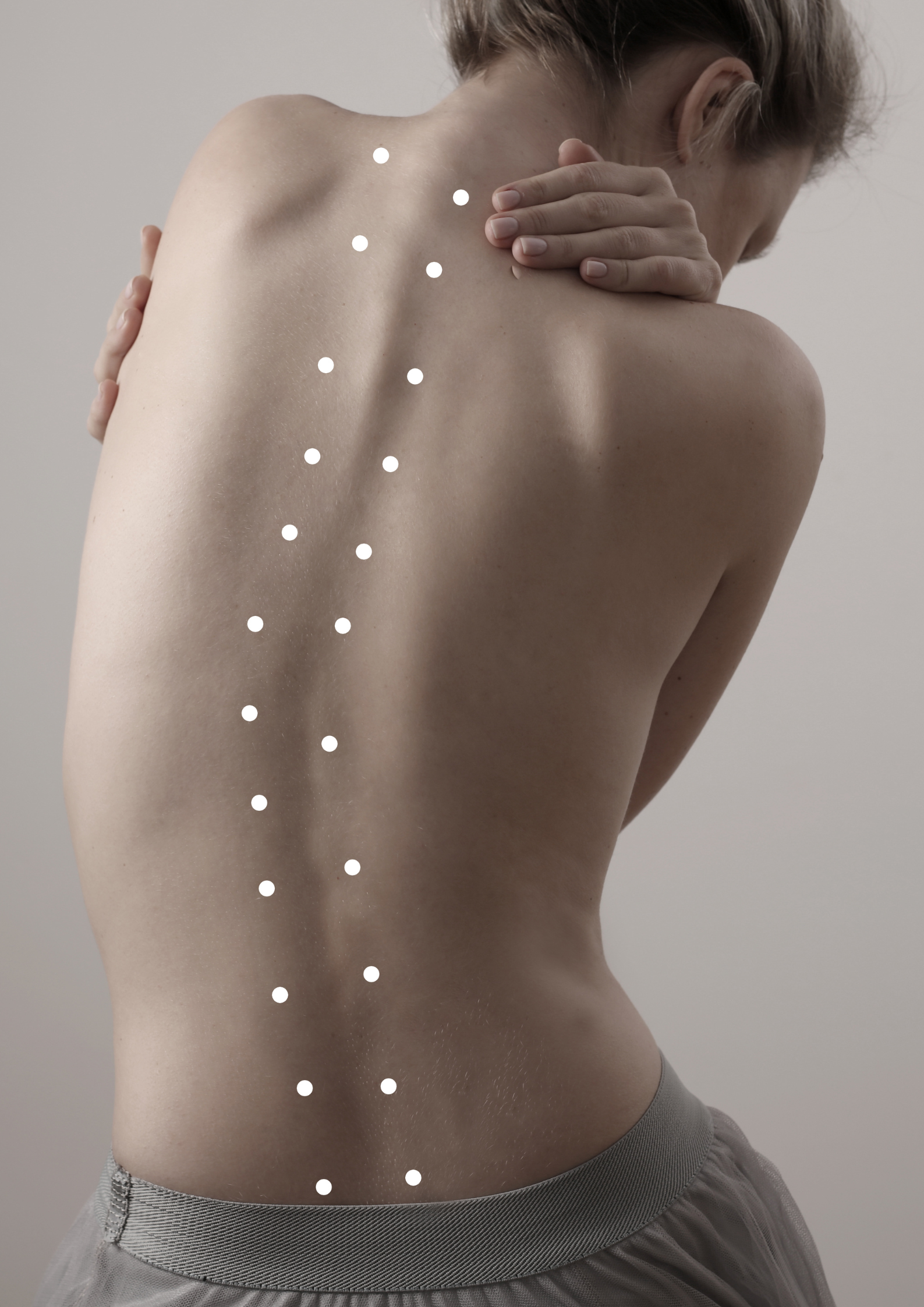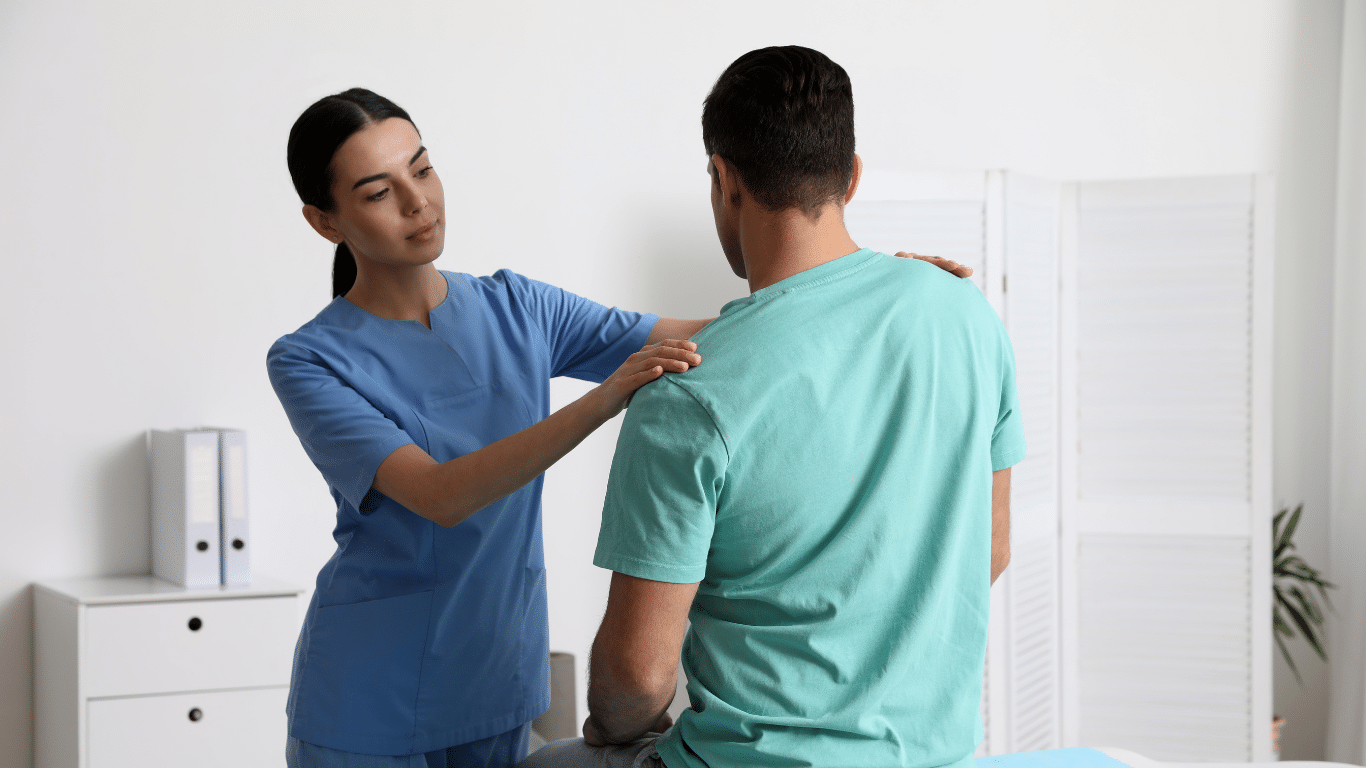Understanding the Different Kinds of Scoliosis
Learn about the various kinds of scoliosis, including idiopathic, congenital, neuromuscular, degenerative, and post-surgical. Understand their causes, characteristics, and treatment options to better manage and address scoliosis.

What is Scoliosis?
Before diving into the kinds of scoliosis, it’s important to understand what scoliosis is. Scoliosis refers to a condition where the spine curves sideways, creating an “S” or “C” shape rather than a straight line. This abnormal curvature can affect the spine’s alignment, potentially leading to discomfort, pain, and other health issues. The severity of scoliosis can vary from mild to severe, and the condition can develop at different stages of life.
Scoliosis is a medical condition characterized by an abnormal curvature of the spine. While many people may be familiar with the general concept of scoliosis, there are various kinds of scoliosis, each with its own causes, characteristics, and implications. Understanding the different kinds of scoliosis is crucial for accurate diagnosis, treatment, and management. This comprehensive guide will explore the various kinds of scoliosis, their causes, and the approaches used to address them.
Kinds of Scoliosis
There are several distinct kinds of scoliosis, each classified according to various factors such as its underlying causes, the age at which it first appears, and its unique characteristics. Understanding these differences is essential for accurate diagnosis and treatment. Below is a detailed overview of the primary kinds of scoliosis, highlighting their causes, symptoms, and potential treatment options.

1. Idiopathic Scoliosis
Idiopathic scoliosis is the most common type of scoliosis, accounting for approximately 80% of all scoliosis cases. The term “idiopathic” means that the exact cause of the scoliosis is unknown. Idiopathic scoliosis typically manifests during adolescence, known as adolescent idiopathic scoliosis, though it can also appear in infants (infantile idiopathic scoliosis) or children (juvenile idiopathic scoliosis).
- Adolescent Idiopathic Scoliosis: This type occurs during the growth spurt before puberty. It is more common in girls than boys and may progress as the child grows. The cause remains unclear, though genetic factors are believed to play a role.
- Infantile Idiopathic Scoliosis: This type appears in children under the age of 3. It is relatively rare and may resolve on its own or require treatment depending on its severity.
- Juvenile Idiopathic Scoliosis: This form develops between the ages of 3 and 10. It is less common than adolescent idiopathic scoliosis and may present with a more severe curve.
2. Congenital Scoliosis
Congenital scoliosis is a type of scoliosis present at birth due to abnormal spinal development. It occurs when the vertebrae in the spine fail to form properly or fuse together in an abnormal way. Unlike idiopathic scoliosis, the cause of congenital scoliosis is known and involves a defect in the spine’s formation.
- Vertebral Anomalies: In congenital scoliosis, vertebrae may be fused together (block vertebrae) or fail to develop fully (hemivertebrae), leading to abnormal spinal curvature.
- Associated Conditions: Congenital scoliosis can be associated with other congenital conditions, such as kidney or heart abnormalities. Early diagnosis and intervention are crucial to manage associated health issues.
3. Neuromuscular Scoliosis
Neuromuscular scoliosis is a type of scoliosis caused by disorders that affect the muscles and nerves, leading to imbalances in the spinal alignment. Conditions that affect muscle control and strength, such as cerebral palsy, muscular dystrophy, or spina bifida, can lead to neuromuscular scoliosis.
- Muscle Weakness: Weakness or imbalances in the muscles supporting the spine can result in uneven growth and curvature.
- Progressive Nature: Neuromuscular scoliosis tends to progress over time as the underlying neuromuscular condition affects the spine’s alignment. Treatment may focus on managing the underlying condition and providing support for the spine.
4. Degenerative Scoliosis
Degenerative scoliosis, also known as adult-onset scoliosis, typically occurs in older adults as a result of the degenerative changes in the spine. This kind of scoliosis develops due to age-related changes such as disc degeneration, arthritis, and loss of bone density.
- Age-Related Changes: As the spine ages, the discs and joints may deteriorate, leading to curvature and misalignment. This type of scoliosis is often associated with conditions like osteoarthritis or osteoporosis.
- Symptoms and Management: Symptoms may include back pain and stiffness. Treatment often focuses on pain management, physical therapy, and, in severe cases, surgical intervention to correct or stabilize the curve.
5. Post-Surgical Scoliosis
Post-surgical scoliosis refers to scoliosis that develops as a result of spinal surgery. This can occur when the spine does not heal properly after surgery or if the surgery leads to unintended spinal curvature.
- Surgical Complications: Issues such as malpositioned hardware or incomplete correction of the spinal curve can result in post-surgical scoliosis.
- Monitoring and Correction: Regular follow-up and monitoring are essential after spinal surgery to ensure that any developing curvature is identified and managed appropriately.
Diagnosis and Treatment of Scoliosis
The diagnosis of scoliosis typically involves a physical examination, medical history review, and imaging studies such as X-rays or MRIs to assess the degree and type of curvature. Treatment options vary based on the kind of scoliosis, its severity, and the patient’s age and overall health.
- Observation: For mild cases, particularly in children, regular monitoring may be sufficient to ensure the curvature does not progress.
- Bracing: In growing children with moderate scoliosis, a brace may be used to prevent further curvature.
- Physical Therapy: Exercises and physical therapy can help manage symptoms and improve spinal function.
- Surgery: In severe cases or when other treatments are ineffective, surgical intervention may be necessary to correct the curvature and stabilize the spine.

Key Takeaways
Understanding the different kinds of scoliosis is essential for accurate diagnosis and effective treatment. Each type of scoliosis—idiopathic, congenital, neuromuscular, degenerative, and post-surgical—has its own characteristics and management strategies. By recognizing the specific kind of scoliosis and its underlying causes, patients and healthcare providers can work together to develop a tailored approach to treatment and care. If you or a loved one are dealing with scoliosis, consult with a healthcare professional to explore the best options for managing and addressing your condition.
Kinds of Scoliosis FAQs
Can scoliosis progress over time?
Yes, scoliosis can progress over time, especially if left untreated. The progression of scoliosis depends on various factors, including the type of scoliosis, the age of onset, and the severity of the curvature. Regular monitoring and follow-up with a healthcare professional can help track any changes and determine the need for further intervention.
Are there lifestyle changes that can help manage scoliosis symptoms?
Certain lifestyle changes can help manage scoliosis symptoms, including maintaining a healthy weight, practicing good posture, and engaging in regular physical activity. Physical therapy and exercises specifically designed to strengthen the back and core muscles can also provide support and alleviate discomfort.
Is scoliosis hereditary?
Scoliosis can have a genetic component, especially in cases of idiopathic scoliosis. Research suggests that a family history of scoliosis may increase the risk of developing the condition. However, not everyone with a family history of scoliosis will develop it, and other factors can also contribute to its development.
How is scoliosis diagnosed in infants and young children?
Scoliosis in infants and young children is diagnosed through physical examinations and imaging studies. Pediatricians may look for signs of abnormal spinal curvature during routine check-ups. If scoliosis is suspected, X-rays or MRI scans are used to assess the curvature and determine the appropriate course of action. Early diagnosis and intervention are crucial for effective management.
